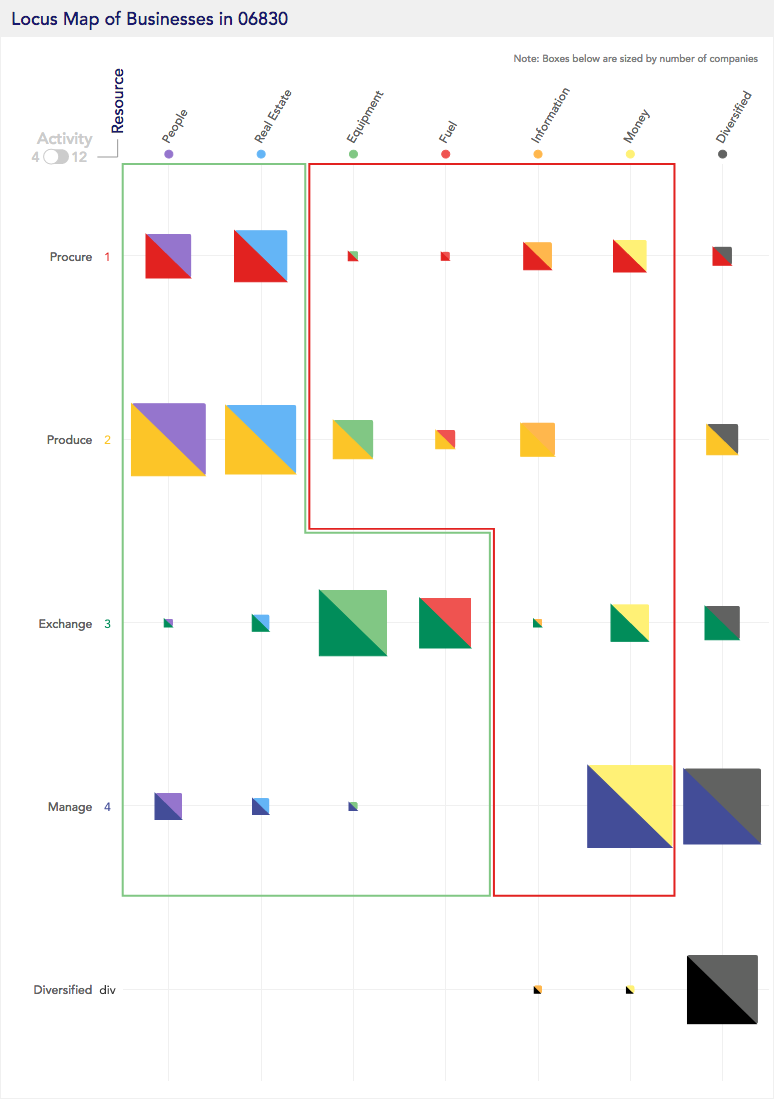FIS™
Our FIS tools are a new class of information system for gathering, managing, and analyzing economic data. Rooted in the system sciences, FIS tools organize economic activity into standardized layers of information using the FIS functional coordinate system. FIS relational tools enable users to stitch together, visualize, and analyze information across different types of economic activity using functional attributes as the reference variables. It provides policy makers, asset managers, and even job seekers an entirely new platform for economic inquiry, data analytics, and functional intelligence.
FIS tools use logical data models and unique functional identifiers within a functional coordinate system. Functional identifiers tag defined economic activities with markers, identifying input and output roles within economic systems.
Locus's first FIS database started by functionally mapping businesses, jobs, and products in the United States. It has since been building its global footprint adding FIS-based functional maps of countries as economically diverse as England, China and Mexico.










